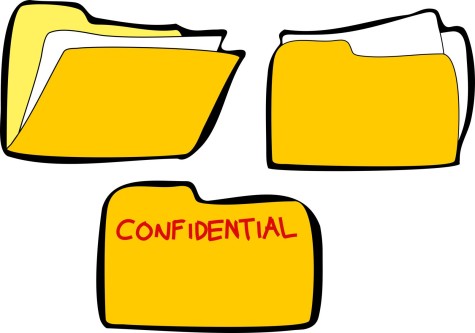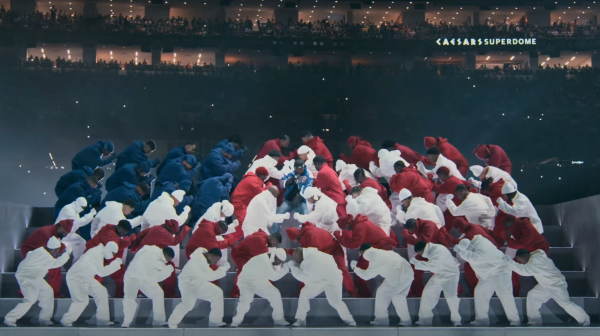Your Not-so-Secret Selling Point
Stanford University students are viewing their “secretive” admissions records.
Photo by Josiah Mackenzie under the Creative Commons License
“The Halls of Learning” at Stanford University where current students are gaining access to their admissions records.
Gaining entry into the ever-so-exclusive Stanford University is quite a feat these days. With an acceptance rate of 5.1%, approximately one in twenty high school seniors who apply will receive the gratifying “fat envelope.”
Yet acquiring insight regarding what it took to get in may not be quite as difficult. Recently, several Stanford students obtained their admissions files from the University’s admissions office. While nobody really knows what goes on behind the closed doors of admissions meetings, we may have just gotten a step closer.
It turns out that such an educational institution is in fact legally obliged to turn these files over to enrolled students who request them because of the Family Educational Rights and Privacy Act (FERPA). Even though students relinquish their right to see any recommendations when submitting their application, they may now have a chance to take a look at them after they gain acceptance.
These admissions files include information ranging from notes or classifications made by admissions officers throughout the university’s decision process along with more personal content such as teacher recommendations.
Previously, very few students took advantage of this opportunity. But as more and more students find out about this possibility, college admissions offices are finding themselves overwhelmed with requests for students’ files. Thanks to Stanford’s newsletter group, Fountain Hopper, hundreds of students have been notified of this right.
If you want to read your middle school teacher’s comments regarding your performance, it may not be quite as easy. At Williston, “teacher recommendations are confidential and we [the admissions office] do our best to maintain this policy,” according to Associate Director of Admission Mrs. Christa Talbot-Syfu. If students are now able to review these recommendations, would this preserve the integrity and reliability of these recommendations?
Senior Katie Murray sheds some positive light on the matter, saying, “This could make admissions officers accountable for the type of commentary and opinions they put into the admissions process.”

Most student previously believed their admissions records were confidential, however under FERPA, this may not be the case.
As it is, admissions procedures are mostly hidden from prospective students, but this newly found right may fundamentally change the admissions officers’ thought and comment process. The whole college application process is often described as a wild card. Even the most qualified of applications may receive the heart-breaking rejection letter. Other times, students are pleasantly surprised to get into a reach school after being denied a spot at a safety.
Murray also questions the necessity of seeing these documents because “there isn’t anything I could improve on or learn from after seeing the records” after “already [gaining] admission to the college.” As of now, rejected students are unable to view their admissions documents. Yet this chance to review their (already-successful) applications once more may be a blessing to convicted over-thinkers.
While the application process may seem eternal to the countless seniors who pursue their dream school and persevere through all the hours spent writing essays and studying for standardized tests, there comes an end. The most important thing to keep in mind is that one person’s comment does not define who you are. If we keep this in mind, then obtaining a mysterious set of files will not be at the forefront of our desires.








